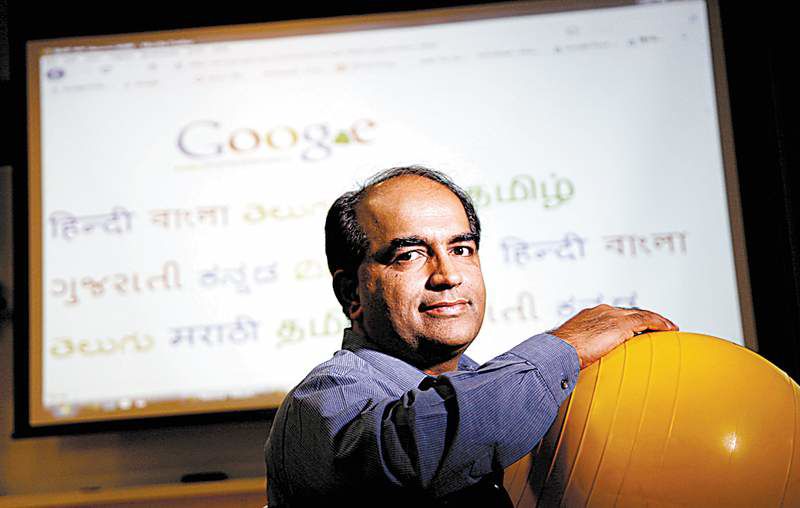A multilingual future for the Web
Published 4:00 am Wednesday, December 31, 2008

- Ram Prakash Hanumanthappa is one of a number of entrepreneurs trying to introduce more languages to the Web.
The next chapter of the World Wide Web will not be written in English alone. Asia already has twice as many Internet users as North America, and by 2012, it will have three times as many. Already, more than half of the search queries on Google come from outside the United States.
The globalization of the Web has inspired entrepreneurs like Ram Prakash Hanumanthappa, an engineer from outside Bangalore, India. Ram Prakash learned English as a teenager, but he still prefers to express himself to friends and family members in his native Kannada. But using Kannada on the Web involves computer keyboard maps that even Ram Prakash finds challenging to learn.
So in 2006, he developed Quillpad, an online service for typing in 10 South Asian languages. Users spell out words of local languages phonetically in Roman letters, and Quillpad’s predictive engine converts them into local-language script. Bloggers and authors rave about the service, which has attracted interest from the cell phone maker Nokia and the attention of Google Inc., which has since introduced its own transliteration tool.
Ram Prakash said Western technology companies have misunderstood the linguistic landscape of India, where English is spoken proficiently by only about a tenth of the population and even many college-educated Indians prefer the contours of their native tongues for everyday speech.
“You’ve got to give them an opportunity to express themselves correctly, rather than make a fool out of themselves and forcing them to use English,” he said.
Only there is a shortage of non-English content and applications. So American technology giants are spending hundreds of millions of dollars each year to build and develop foreign-language Web sites and services — before local companies like Quillpad beat them to the punch and the profits.
In the past two years, Yahoo and Google have introduced more than a dozen services to encourage India’s Web users to search, blog, chat and learn in their mother tongues. Microsoft has built its Windows Live bundle of online consumer services in seven Indian languages. Facebook has enlisted hundreds of volunteers to translate its social networking site into Hindi and other regional languages, and Wikipedia now has more entries in Indian local languages than in Korean.
Google’s search service has lagged behind the local competition in China, and that has made providing locally flavored services a priority for the company in India. Google’s initiatives in India are aimed at opening the country’s historically slow-growing personal computer market, and at developing expertise that Google will be able to apply to building services for emerging markets worldwide.





